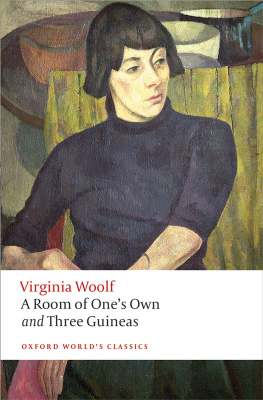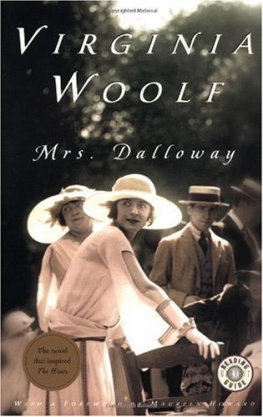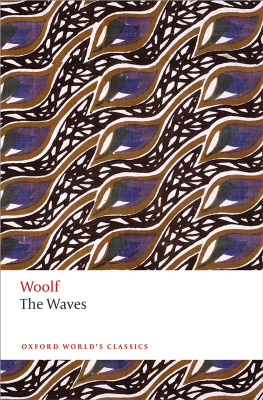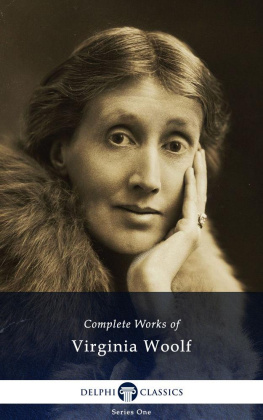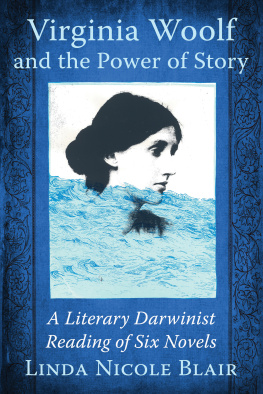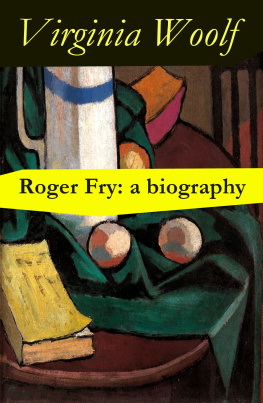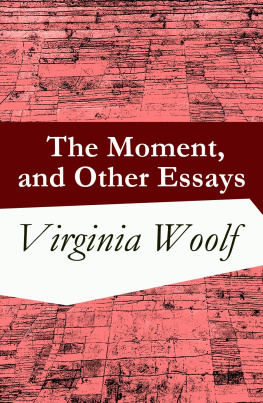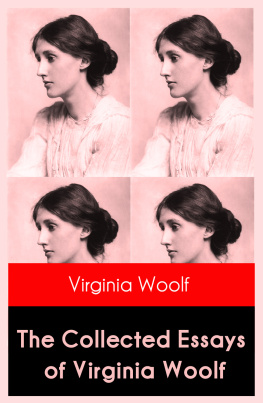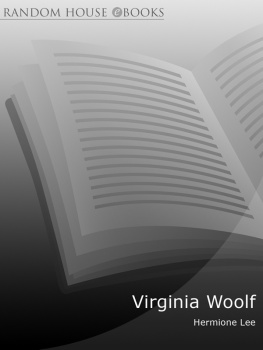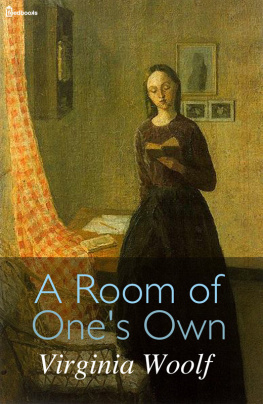
The Times Literary Supplement was born in January 1902. Its first ever front page bashfully stated that during the Parliamentary session Literary Supplements to The Times will appear as often as may be necessary in order to keep abreast with the more important publications of the day.
Fortunately, the question of necessity was not left in the hands of literary journalists (who, we can imagine, might occasionally push for a holiday or two), and the title became a weekly one. A few years later, the TLS split entirely from The Times.
Since then, we have prided ourselves on being the worlds leading magazine for culture and ideas. Our guiding principle for the selection of pieces remains the same as it ever has been: is it interesting; and is it beautifully written? Over the years, our contributors have included the very best writers and thinkers in the world: from Virginia Woolf to Seamus Heaney, Sylvia Plath to Susan Sontag, Milan Kundera to Christopher Hitchens, Patricia Highsmith to Martin Scorsese.
The book you are holding is part of a brand-new imprint, TLS Books, by which we are striving to bring more beautiful writing to a wider public. We hope you enjoy it. If you want to read more from us, youll find a special trial subscription offer to the TLS at the back of this book.
In an ever-quickening culture of flipness and facility, fake news and Facebook, the TLS is determined to be part of the counter-culture of quality.
We believe in expertise, breadth and depth. We believe in the importance of ideas, and the transformative power of art. And we believe that, in reading the TLS in whatever form, be it in a magazine, online or in a book you are supporting a set of values that we have been proud to uphold for more than a hundred years. So thank you for that.
Stig Abell, 11th Editor of the TLS
London, 2019
F I C T I O N
The Voyage Out
Night and Day
Jacobs Room
Mrs Dalloway
To the Lighthouse
Orlando
The Waves
The Years
Between the Acts
N O N - F I C T I O N
The Common Reader Vols 1 and 2
A Room of Ones Own
Flush
Three Guineas
Roger Fry
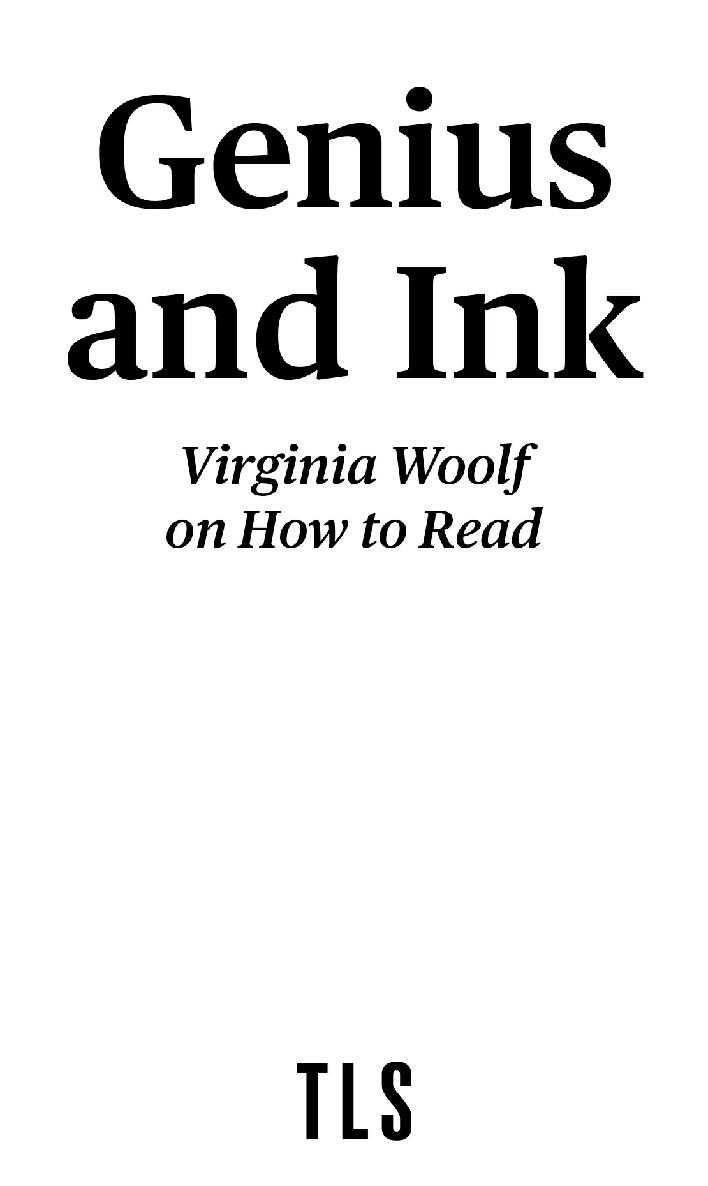
TLS Books
An imprint of HarperCollins Publishers
1 London Bridge Street
London SE1 9GF
The-TLS.co.uk
This eBook first published in Great Britain by TLS Books in 2019
Preface copyright Ali Smith 2019
Introduction copyright Francesca Wade 2019
Illustration copyright Ella Baron 2019
Cover illustration by Shutterstock
A catalogue record for this book is available from the British Library All rights reserved under International and Pan-American Copyright Conventions. By payment of the required fees, you have been granted the non-exclusive, non-transferable right to access and read the text of this e-book on-screen. No part of this text may be reproduced, transmitted, down-loaded, decompiled, reverse engineered, or stored in or introduced into any information storage and retrieval system, in any form or by any means, whether electronic or mechanical, now known or hereinafter invented, without the express written permission of HarperCollins.
Source ISBN: 9780008355722
Ebook Edition November 2019 ISBN: 9780008355739
Version: 2019-10-17
Two things I mean to do when the long dark evenings come: to write, on the spur of the moment, as now, lots of little poems to go into P.H. : as they may come in handy: to collect, even bind together, my innumerable T.L.S. notes: to consider them as material for some kind of critical book: quotations?
comments? ranging all through English literature as Ive read it and noted it during the past 20 years.
Virginia Woolf, 1938
Contents
Cover
By Ali Smith
Genius and ink: the phrase that gives this book its title has been notched out of On Re-reading Novels, one of the essays by Virginia Woolf written over two decades as a reviewer and critic for the Times Literary Supplement.
Ostensibly a consideration of Percy Lubbocks 1921 publication The Craft ofFiction, the real focus of On Re-reading Novels is the beginnings of the critical attempt towards a fuller understanding of the novel as form. Woolf wrote it at a time when ideas about the shape of the novel were about to defy all former imaginings. James Joyces Ulysses had been serialized and passed around in bits and pieces for the preceding four years and was finally published in its entirety in early 1922; and Woolfs own transformatory work had begun with her first truly great experimental novel Jacobs Room, which she published three months after this essay appeared. You might say the whole notion of what a novel could be was being re-read.
So what makes a novel a novel, then? Obviously there must be a process, and it is at work always and in every novel, she writes in July 1922. We must have been aware that a novelist, before he can persuade us that his world is real and his people alive, must solve certain questions and acquire certain skill. But until Mr. Lubbock pierced through the flesh and made us look at the skeleton we were almost ready to believe that nothing was needed but genius and ink. Thank you, Mr. L, she says, for the helpful attention paid to the concept of process, meanwhile she quietly infers that his splaying-open of the form is also a kind of killing.
When it comes to literary form and its relation to concepts of reality, or concepts of literary/literal aliveness in the form of the novel, Woolf would ask something a lot more vital from critical response. This collection lets its readers trace the formation of her own critical voice, through her responses to a range of classic (and not so classic) writers and literary forms. It charts a timeline of pieces via which her open, wry and intuitive reading of a work or
a writer shifts in potency from an early brilliance thats conscious of (and still a bit beholden to) deference to tradition, to the finding of a formidable vital intelligence of voice and critical form, one which would revolutionize the possibilities of critical writing.
She complains repeatedly in her diaries about how little she gets paid for it, but she clearly loved writing for the TLS. She also habitually, playfully, always fruitfully, tended to baulk against or question notions of establishment and authority, especially literary establishment, so its no surprise to find her in her diaries yo-yo-ing between feeling important & even excited at being sent something to review, and by turn dejected, rejected, when no books from the Times arrive, though this has the result of making me write my novel at an astonishing rate. If I continue dismissed, I shall finish within a month or two. But Woolf was also one of the earliest critics actively to defy the preconception of a divide between whats called critical and whats called creative writing. In her, the revolutionary novelist is still the critic, the revolutionary critic will always also be the novelist, and this open symbiosis makes for a body of work that ensures the imaginative vitality of both. Shell invest critique with narrative. Her narrative will never not, one way or another, involve or ask critique.
As for the real, the flesh, the bones of the literary: every essay collected here relates literary nature to the larger concept of nature in the real world.
What real works of art have in common, she suggests, is that each has
Next page


